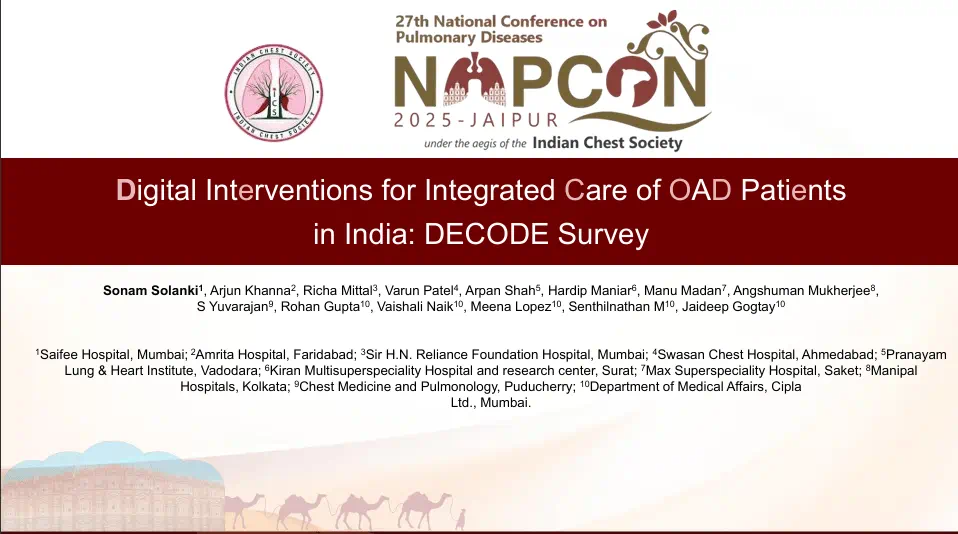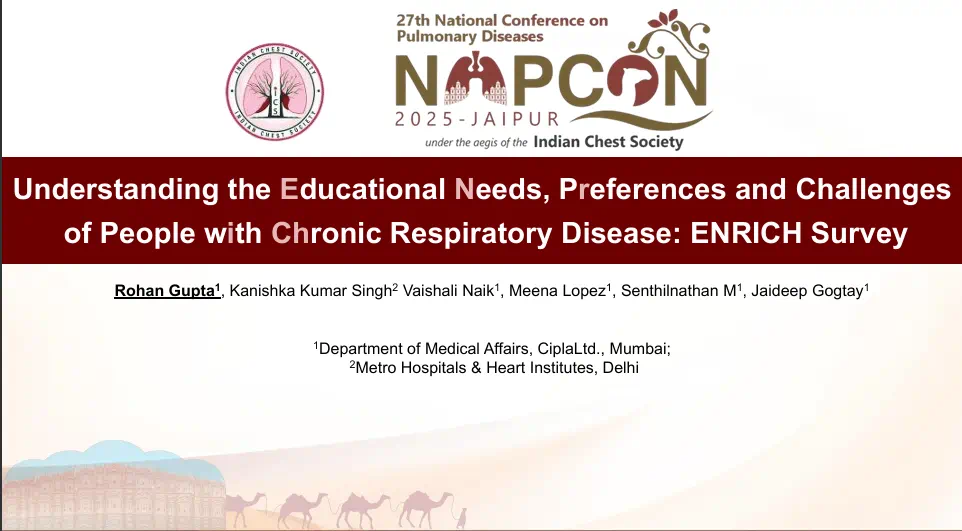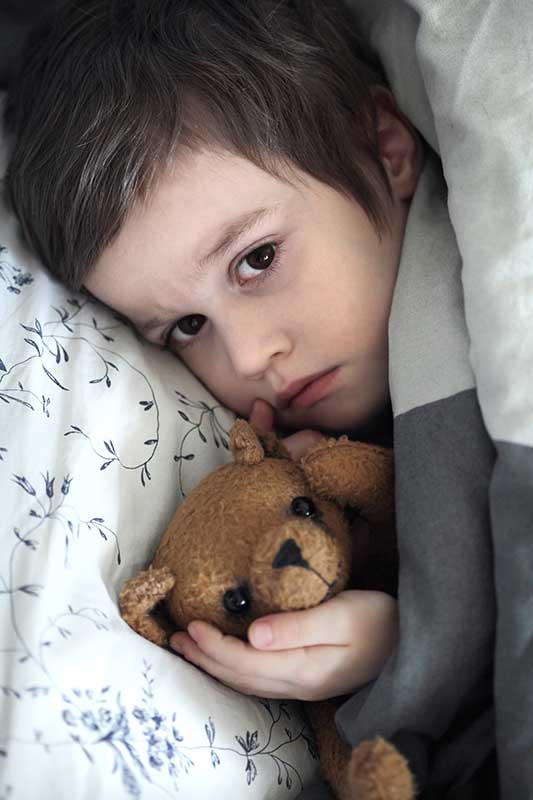Absence of Pyuria does not Rule out UTI in Children
Introduction
Approximately 90% urinary tract infection (UTI) patients have pyuria which aids in quick diagnosis and prompt treatment. Nevertheless, the diagnosis of UTIs is delayed in 10% patients who lack pyuria despite of UTI. Consequently, there is a delay in the initiation of the antimicrobial regimen in such cases.
Aim
To determine factors associated with the absence of pyuria in symptomatic UTI children with a positive urine culture for a known uropathogen.
Patient Profile
Pediatric patients (age <18 years; n=1181; girls=89%) with symptoms of UTI and having data on paired urinalysis and positive urine cultures.
Methods
Criteria for Urinalysis and Urine Culture
- Positive urine culture defined as growth of a single uropathogen at a concentration of ≥50 000 colony-forming units/mL from a catheterized specimen or a single uropathogen at a concentration of ≥100 000 colony forming units/mL from a clean-voided specimen
- Pyuria defined as presence of significant number of white blood cells (WBCs) on microscopic urinalysis (≥5/ high-powered microscopic field [hpf] or ≥10/mm3)
- A positive leukocyte esterase (LE) test on the urine dipstick; defined as 1+, 2+, or 3+ LE (0 or trace were considered negative)
Results
- Pyuria was evident in 87% of the study population (13%of the study subjects did not have pyuria)
- The proportion of children aged <2 months and those aged ≥2 months having pyuria (81.1% vs. 87.9%; p=0.09) or having a positive LE test (83.3% vs. 88.8%, P = 0.17) was similar in the study group.
- E coli was the most common microorganism isolated in the urine cultures of the study subjects (Table 1)
|
Type of Microorganisms |
Percent of positive urine culture |
|
E coli |
85% |
|
Klebsiella species (41 K pneumoniae, 5 K oxytoca) |
4% |
|
Enterococcus species (34 E faecalis, 1 other) |
3% |
|
Proteus species (29 P mirabilis, 2 other) |
3% |
|
Enterobacter species (13 E cloacae, 2 other) |
1% |
- The odds of pyuria (odds ratio [OR]; 0.39, p <0.001) or a positive LE test (OR; 0.27; p< 0.001) were significantly low in children with urine culture yielding microorganisms other than E coli.
- Particularly, children with Enterococcus species (OR; 0.14), Klebsiella species (OR; 0.34), and Pseudomonas aeruginosa (OR; 0.19) were significantly less likely to have pyuria vs. children with E coli
- Results did not vary much when the analysis was restricted to children whose urine samples were collected by bladder catheterization
Conclusions
- The incidence of pyuria in children with apparent UTI varies as per the pathogens present
- Pyuria might not be evident in children with UTIs due to certain pathogens such as Enterococcus and Klebsiella species and P aeruginosa
- The lack of eliciting strong host inflammatory response by certain uropathogens might probably explain the absence of pyuria
- Urinalysis and urine culture must therefore be performed in all the pediatric patients suspected of having UTI
- It is also essential to consider more specific and sensitive biomarkers other than pyuria or LE to enhance the accuracy of early UTI diagnosis
Pediatrics 2016; 138 (1): e20160087









